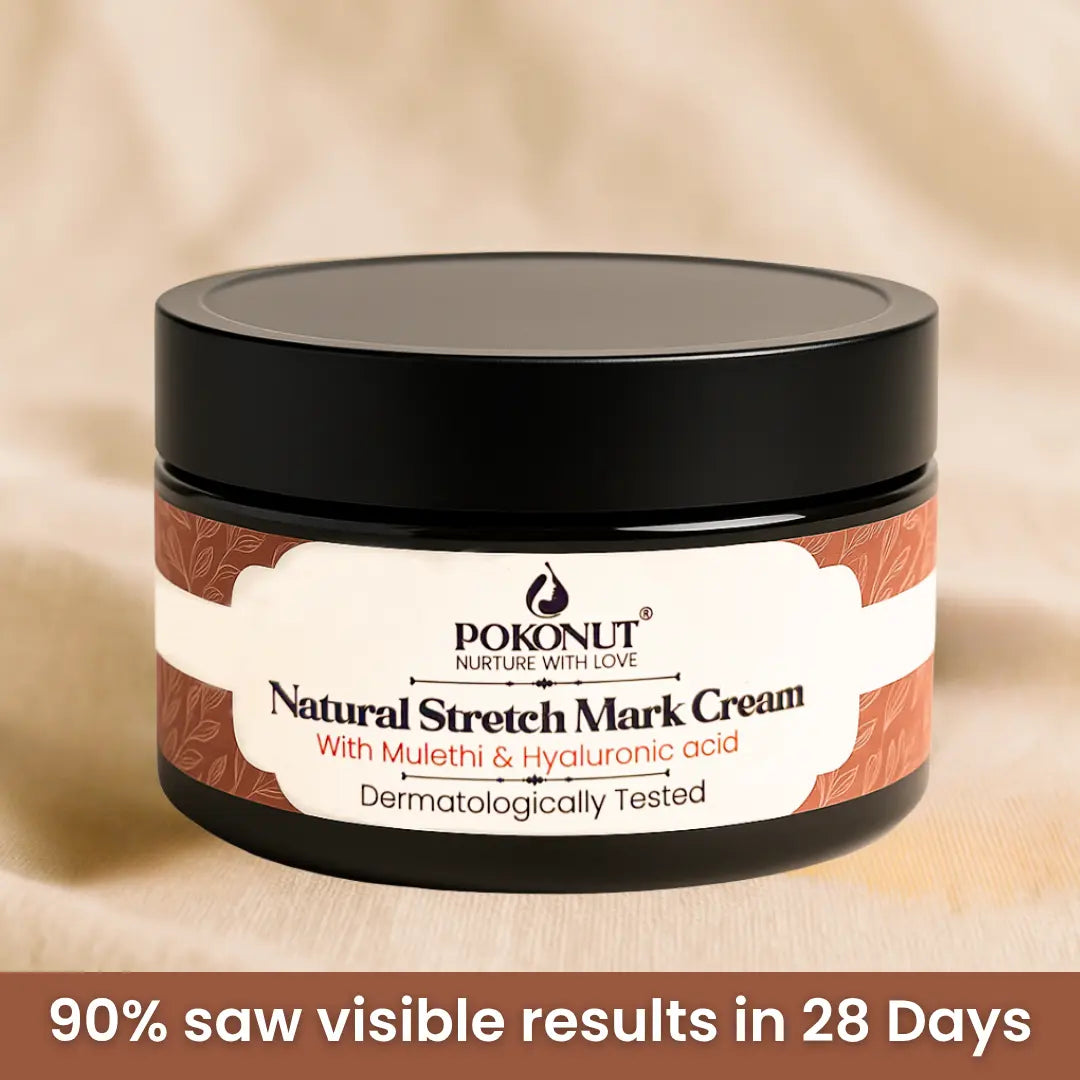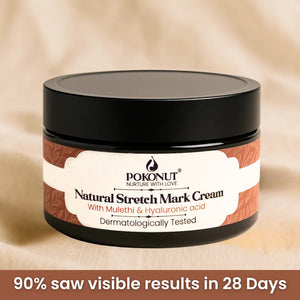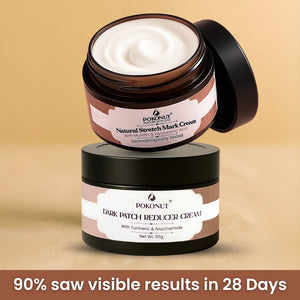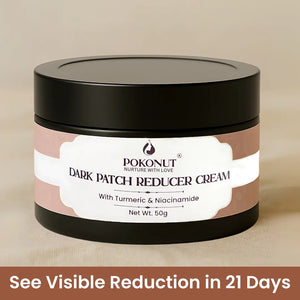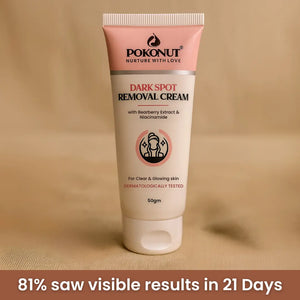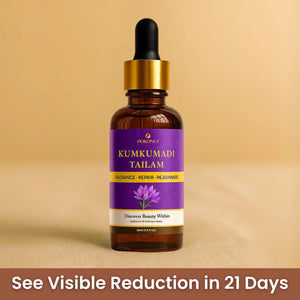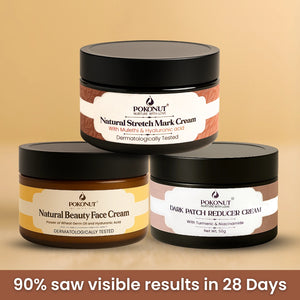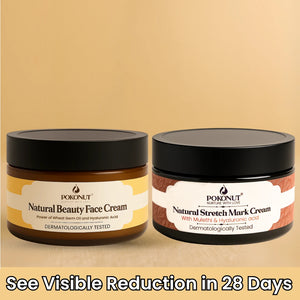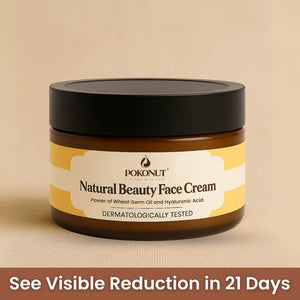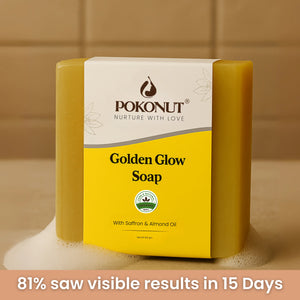What Skincare Routine Is Best for Dry Skin?

Medically Reviewed By:
Dr. Mousumi Dash, BAMS
Written by Our Editorial Team
If your skin constantly feels tight, flaky or dull, you’re likely dealing with dryness — and the solution is not more products, but the right products used in the right order. Building a gentle, barrier-focused skin care routine for dry skin can transform how your skin feels and behaves. Dry skin simply needs consistent hydration, nourishment, and protection to function properly. The good news is that dry skin is one of the easiest skin types to manage once you understand what it truly needs.
This guide explains what dry skin is, the common causes behind it, and the best skincare routine for dry skin that keeps your barrier strong, soft and healthy.
What Is Dry Skin?
Dry skin is a common condition where the skin doesn’t produce enough natural oils, leading to a constant feeling of tightness, rough texture and occasional flakiness. This can happen due to multiple reasons such as cold weather, indoor heating, ageing, genetics, or using harsh skin cleansers that strip away essential moisture.
Understanding the underlying causes of dry skin is the first step toward building an effective routine. When you follow a structured skin care routine for dry skin, you help replenish lost oils, strengthen your skin barrier and restore your skin’s natural hydration balance — leaving it soft, smooth and comfortable throughout the day.
What Causes Dry Skin?
Understanding why your skin is dry helps you choose the right products and routine. Dry skin is not always environmental — often, it’s biological.
1. Impaired or Weakened Skin Barrier
Your skin barrier is made of ceramides, fatty acids and cholesterol. When any of these are low, the skin cannot hold moisture properly. A weak barrier makes the skin more vulnerable to dryness, irritation, redness, and dullness.
2. Low Sebum Production
For many people, dry skin is genetic. Their oil glands simply produce less sebum. Because oil acts like a seal, low oil levels mean moisture escapes faster, causing that tight, uncomfortable feeling.
3. Weather & Environment
Cold air, low humidity, heaters, air-conditioning and hot water all strip moisture from the skin. Winters and dry climates often make dry skin symptoms worse.
4. Harsh Cleansing Habits
Foaming cleansers, bar soaps and cleansers with sulfates remove essential oils and weaken the barrier. This is one of the most common (and overlooked) reasons why dry skin persists despite moisturising.
5. Age Related Changes
As we age, ceramide levels drop significantly. This naturally causes drier, thinner skin. That’s why people over 30 often notice new dryness even if they never had dry skin before.
6. Skin Conditions
Conditions like eczema, dermatitis or psoriasis compromise the barrier and create extreme dryness. In such cases, a dermatologist-guided routine becomes essential.
These causes guide the skin care steps for dry skin, focusing on moisture, nourishment and barrier-strengthening.
Best Daily Skincare Routine for Dry Skin
This is the part that builds the foundation of the best skincare routine for dry skin. Dry skin thrives on gentle, layered hydration.
A. Morning Routine -
1. Gentle Cleanser - Dry skin does not need heavy cleansing. A sulfate-free, pH-balanced cream or milk cleanser removes sweat and light buildup without disturbing oils. Avoid foaming cleansers because they strip lipids and worsen dryness.
2. Hydrating Toner or Mist - A hydrating toner preps the skin by adding water. Humectants like hyaluronic acid, glycerin or panthenol bind moisture and make your skin softer instantly. Applying toner on damp skin improves absorption and keeps skin plump throughout the day.
3. Serum (Hydration + Strengthening) - Serums penetrate deeper than creams. For dry skin, serums should focus on water-binding and barrier-repair:
-
Hyaluronic acid draws water into the skin
-
Niacinamide improves barrier strength
-
Peptides support skin elasticity
This step boosts the effectiveness of your entire dry skin care routine.
4. Moisturiser (Barrier Repair) - Dry skin needs moisturisers rich in ceramides, fatty acids and squalane. These mimic the skin’s natural lipids and seal moisture inside. A good moisturiser prevents flaking, reduces tightness, and maintains softness throughout the day.
5. Sunscreen - UV exposure dries out the skin and weakens the barrier. Use a hydrating sunscreen with a creamy or lotion texture. This prevents dryness, sun damage, fine lines and long-term barrier compromise.
B. Night Routine -
Night time is when dry skin repairs itself most effectively.

1. Double Cleanse (Optional) - If you wear sunscreen or makeup, use a cleansing balm or oil first. Oil dissolves dirt without stripping the skin. Then follow with your gentle cleanser.
2. Hydrating Serum - Night is the perfect time to use moisture rich serums — hyaluronic acid, panthenol, glycerin or snail mucin. These ingredients help restore water levels deep inside the skin.
3. Barrier-Repair Moisturiser - A richer formula at night helps strengthen the lipid barrier. Look for ceramides, cholesterol, shea butter, or oat extracts. This step reduces flakiness, sensitivity, and dryness over time. Many people also prefer moisturisers formulated with coconut derived emollients and calming botanicals like those used in Pokonut’s skincare for dry skin collection, because they nourish the barrier gently without irritating sensitive, dry skin naturally.
4. Face Oil (Optional) - A few drops of squalane, marula or rosehip oil help seal moisture and prevent overnight water loss. This step is especially helpful in winter when humidity drops.
This structure completes a highly effective skin care routine for dry skin.
Ingredients Dry Skin Should Avoid
-
Harsh Foaming Cleansers - These remove natural oils that dry skin desperately needs. Over time, they weaken the skin barrier and increase roughness and flakiness.
-
High Alcohol Content - Alcohol-based toners and gels evaporate quickly, pulling moisture out with them. This leaves the skin tight, dehydrated and easily irritated.
-
Over-Exfoliation - Exfoliating too often damages the barrier and creates micro-tears. This increases sensitivity and worsens dryness instead of improving texture.
-
Fragrance (If Sensitive) - Added fragrance can trigger irritation and redness in already dry skin. It disrupts the skin’s protective layer, causing discomfort.
-
Frequent Clay Mask Usage - Clay absorbs oil — something dry skin already lacks. Using it too often strips essential lipids and leads to deeper dryness.
-
Hot Water - Hot showers dissolve natural oils quickly. This speeds up moisture loss and leaves the skin feeling tight and uncomfortable.
Lifestyle Habits That Support Dry Skin
Lifestyle plays a major role in keeping dry skin balanced.
-
Drinking enough water throughout the day helps maintain internal hydration, while using a humidifier adds moisture back into dry indoor air, especially during winter or AC use.
-
Limiting long hot showers prevents natural oils from being stripped away.
-
Applying moisturiser on slightly damp skin maximises absorption and reduces moisture loss.
-
Eating omega-3 rich foods and getting proper sleep also support the skin’s natural repair cycle, helping it stay soft and healthy.
When To Seek Dermatologist?
If your skin is extremely dry, itchy, inflamed or develops cracks even after following a good routine, it may be more than simple dryness. Persistent symptoms could indicate eczema, dermatitis or psoriasis, which require medical guidance. If dryness suddenly worsens or becomes painful, consult a dermatologist for proper diagnosis and targeted treatment. Early intervention prevents long-term barrier damage.
FAQs
1. Which skincare is best for dry skin?
The best skincare for dry skin focuses on hydration and barrier repair. Look for products with ceramides, hyaluronic acid, glycerin, squalane, shea butter and fatty acids. Creamy cleansers, hydrating serums and rich moisturisers work best because they replenish both water and lipids that dry skin naturally lacks.
2. What is the 4-2-4 rule in skincare?
The 4-2-4 method is a Japanese cleansing technique: 4 minutes oil cleansing, 2 minutes foaming or cream cleansing, and 4 minutes rinsing. It boosts circulation, melts sunscreen/makeup gently and maintains the skin’s moisture barrier, making it especially helpful for dry skin types.
3. How to get 100% clear skin?
Clear skin depends on consistency, not perfection. A structured routine, gentle cleansing, proper moisturising, SPF use, a balanced diet and good sleep all matter. There’s no instant fix, but clear, healthy skin is achievable when you support your skin barrier daily and avoid harsh habits that strip moisture.
4. What is the right order to apply skincare?
The easiest way to apply skincare is to follow the “thin to thick” rule. Start with a cleanser, then apply a toner or mist, followed by a serum, and then a moisturiser. In the morning, finish with sunscreen. At night, skip sunscreen and use a richer moisturiser or a few drops of face oil instead. This order helps each layer absorb properly and makes your dry skin routine work more effectively.
5. Are natural dry skin products like Pokonut effective for sensitive dryness?
Yes, many people with dry or sensitive skin prefer gentle, plant-based formulations made with coconut-derived moisturisers, botanical extracts or ceramide-rich bases, like the approach used in Pokonut’s dry skin collection. These types of products support hydration without overwhelming the skin or causing irritation, making them a comfortable fit in a dry-skin routine.
About Doctor :

